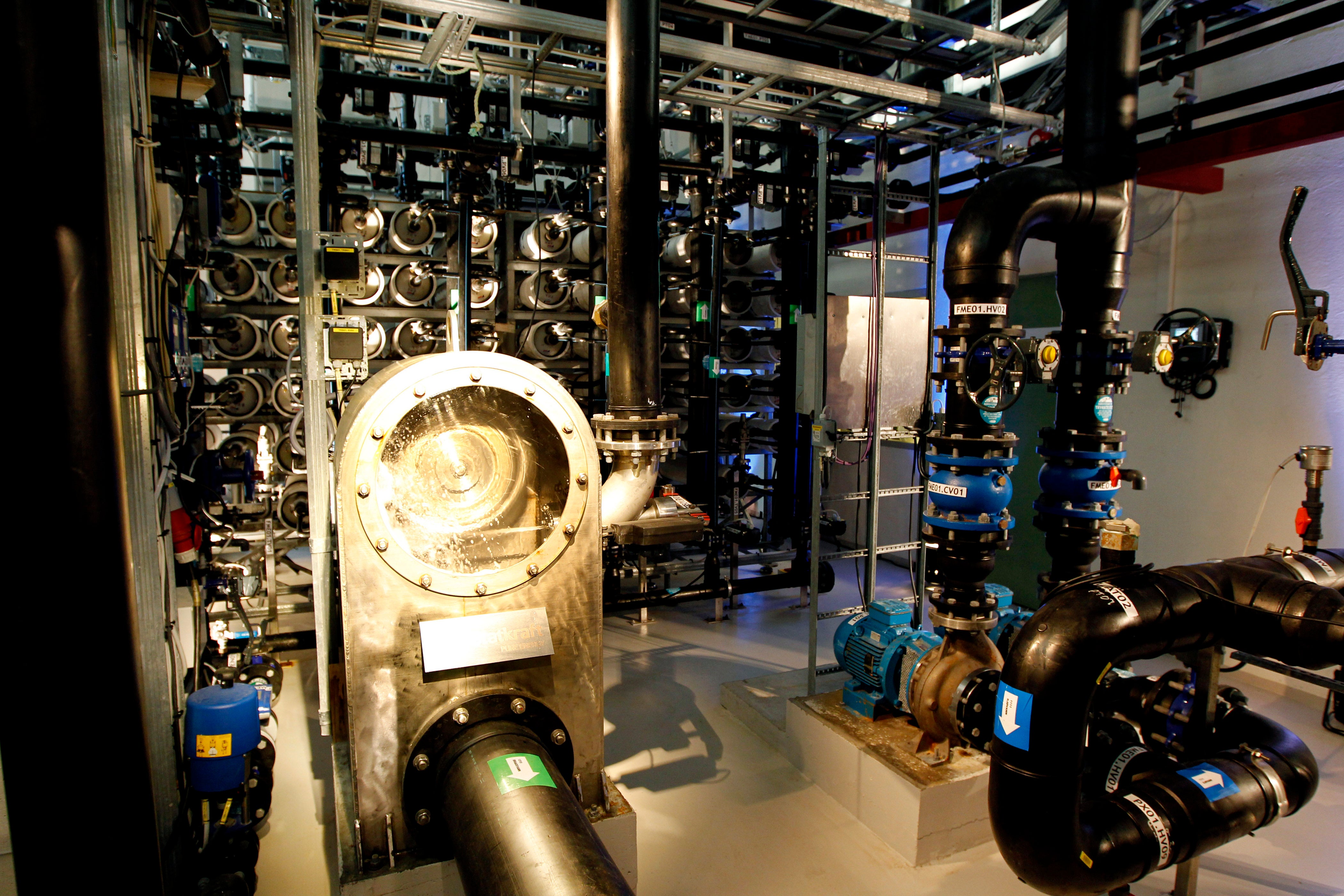Japan has switched on its first osmotic power plant in Fukuoka, marking a new step in efforts to find reliable, low-carbon energy.
The site, which began operating in early August, is only the second facility of its kind anywhere in the world, after one built in Denmark in 2023.
The plant is designed to generate around 880,000 kilowatt hours of electricity each year, roughly the annual consumption of 220 Japanese households. Instead of feeding into the grid directly, the power will run a nearby desalination plant that supplies fresh water to Fukuoka city and the surrounding areas.
Osmotic power – sometimes called salinity-gradient power – makes use of the difference in salt concentration between seawater and freshwater. When the two are placed on either side of a semipermeable membrane, water naturally flows towards the saltier side. At the Fukuoka facility, this flow creates pressure that spins a turbine connected to a generator.
The plant uses treated wastewater on one side and concentrated seawater, left over from desalination, on the other, maximising the gradient and the energy available.
Compared with solar or wind, osmotic power is still in its infancy. But proponents say the technology has a clear advantage over wind or solar because it can provide a continuous power supply, unaffected by weather or daylight.
“I feel overwhelmed that we have been able to put this into practical use. I hope it spreads not just in Japan, but across the world,” Akihiko Tanioka, professor emeritus at the Institute of Science Tokyo who has studied osmotic power, told Science Japan.

Researchers in Europe and Australia have been testing similar systems at a pilot scale. However, scaling up has proved challenging.
Energy can be lost through the pumping of water and friction across the membranes, limiting overall efficiency. Scientists say the use of concentrated brine in Japan could further boost output.
“While energy is released when the salt water is mixed with fresh water, a lot of energy is lost in pumping the two streams into the power plant and from the frictional loss across the membranes. This means that the net energy that can be gained is small,” University of Melbourne Prof Sandra Kentish told The Guardian.
But advances in membrane and pump technology are reducing these problems, she said.
The technology remains at a modest scale for now, but its successful deployment in Fukuoka is sparking hopes for other countries as potential resources if osmotic power can be made more efficient and cost-effective.
For Japan, this marks a small but symbolic addition to its energy mix. The country remains heavily dependent on fossil fuels more than a decade after the Fukushima nuclear disaster. In 2022, around 73 per cent of Japan’s electricity came from coal, gas and oil, while renewables accounted for about 20 per cent, dominated by solar and hydropower. The government’s target is to raise the renewable share to 36–38 per cent by 2030.




